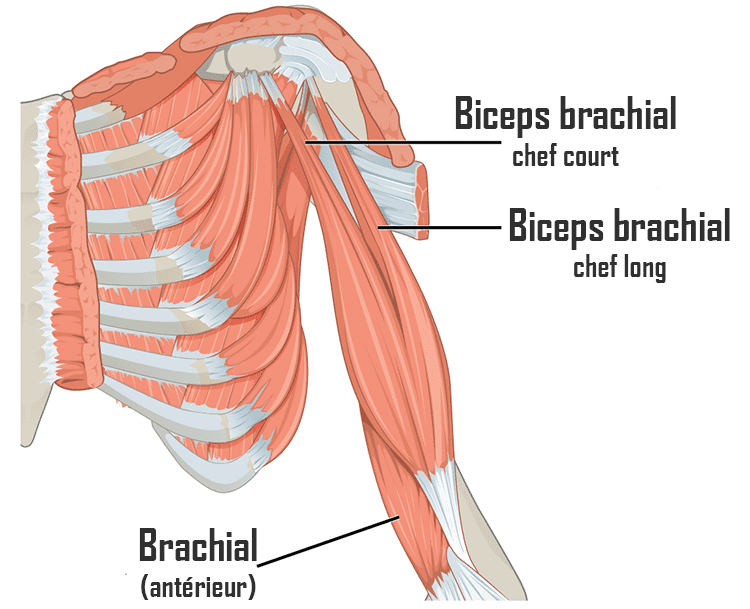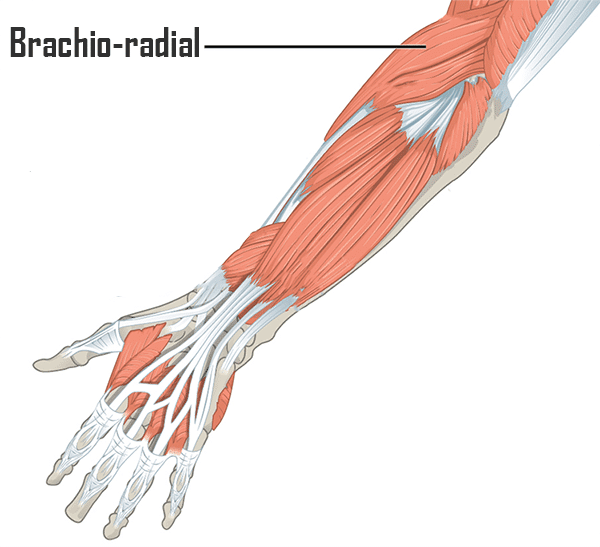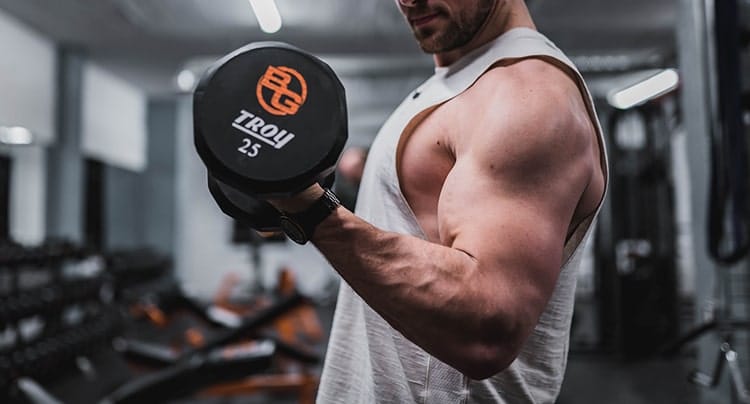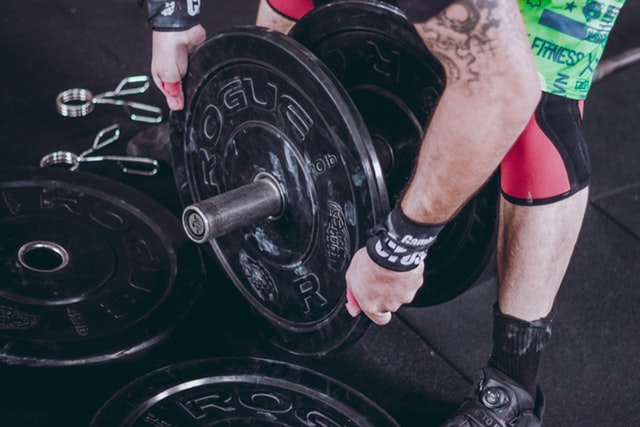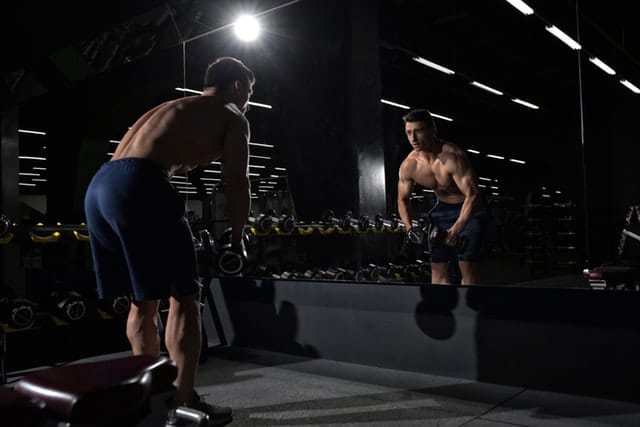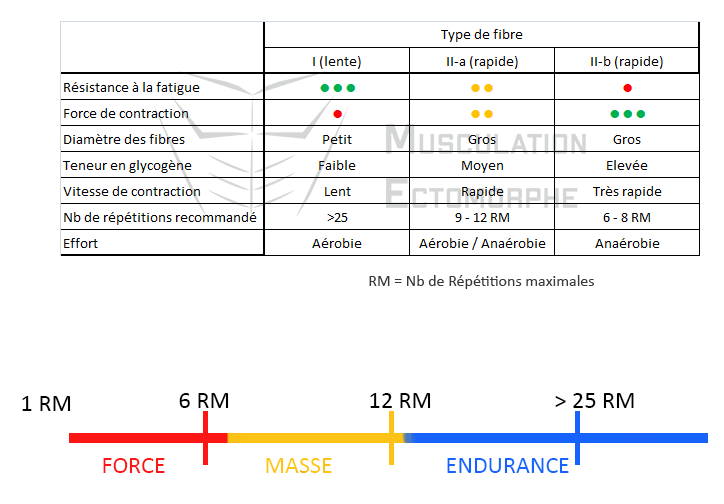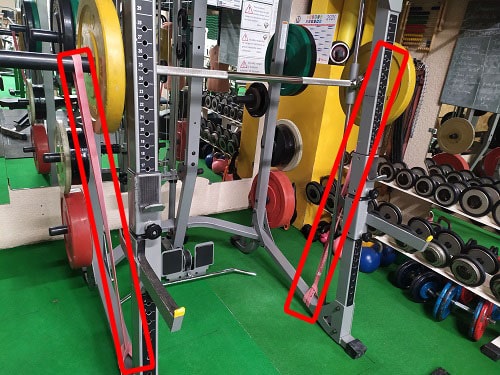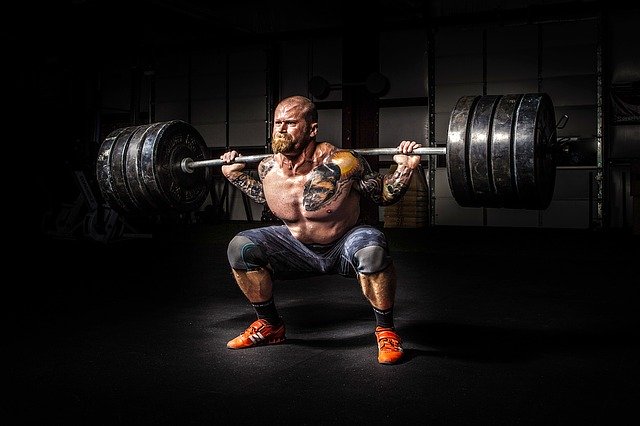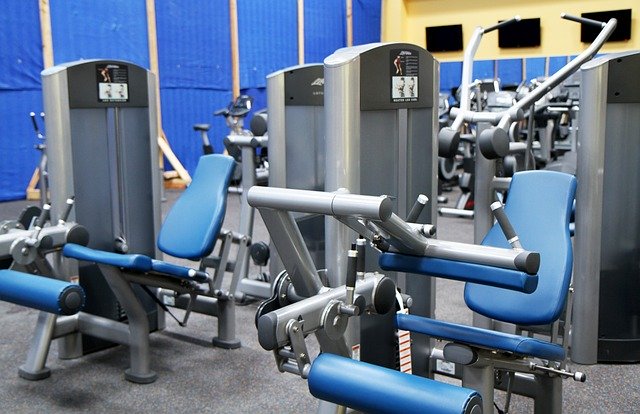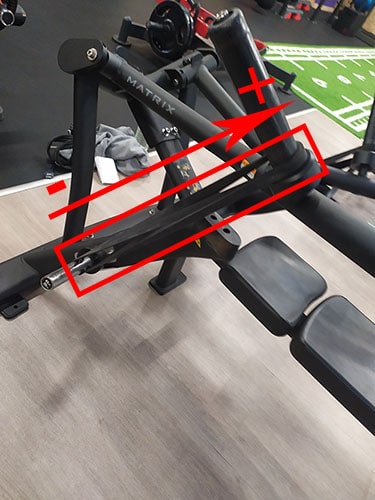Creatine, commonly known as creatine monohydrate in sports nutrition, is an oligopeptide with 3 amino acids of glycine, arginine and methionine. It has the formula C4H9N3O2 and its molar mass is 131.133 g / mol. For biochemists, it is presented as a nitrogen derivative found in the body within skeletal muscles and in the brain. According to the results of numerous studies, creatine combined with resistance exercise could increase mass and strength without fat (1). Combined with phosphate in the form of phosphocreatine, this is an energy source immediately available in the muscle. Bodybuilding and strength sports practitioners as well as weightlifters find their value enormously in this molecule. Indeed, the scientific literature best supports creatine supplementation for increased performance in resistance training of short duration and maximum intensity (2).
Sources of creatine for the body
The human body naturally produces this molecule at a daily level of 1 to 2 g depending on the food intake. The endogenous synthesis of creatine depends on the body’s needs, which can vary from person to person. Today it is possible to increase your creatine levels through supplementation. This is because creatine is available as a dietary supplement usually in the form of a white powder that dissolves in water. This creatine is obtained synthetically by chemists, like the majority of micronutrients such as vitamins and minerals.
In a sense, powdered creatine remains a natural nutritional supplement as it is made by the body (pancreas, liver and kidneys) from amino acids and can also be obtained directly from food. However, there is a problem with the purity of commercially available creatine. This has manufacturing residues which can be dangerous if used long term. It is true that it is possible to extract creatine from food, but it would be too expensive and much more complicated to implement. To benefit from an exceptional and high purity, it is necessary to opt for creatine creatapure.
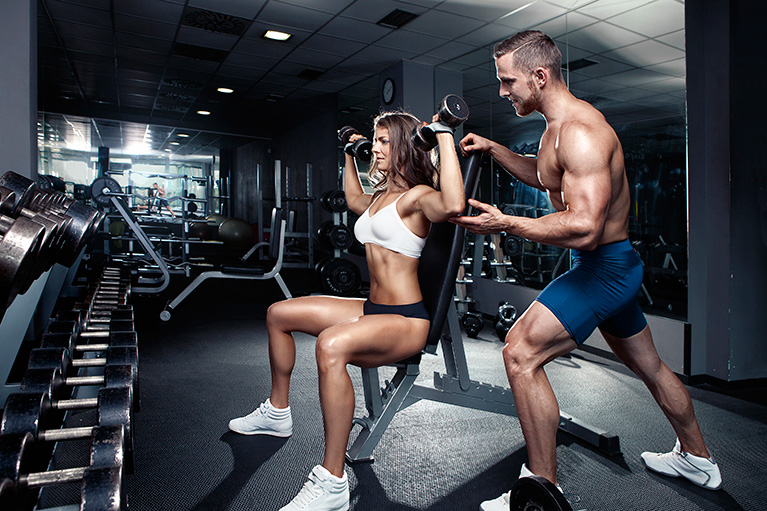
Creatine in food
Over 30 years ago, in 1979 to be more precise, Walker argued that creatine was only found in vertebrates, but not in microorganisms or plants. Still according to him, this molecule was concentrated in the muscles, and the primary sources were fish and meat. Fifteen years later, Balsom and Al discover traces of creatine in plants. However, the creatine level was quite low, if not lower. But studies still confirm that the primary sources of creatine are fish and meat. Here is a list of foods with their creatine content:
- Herring contains 6.5 to 10 g / kg
- Pork contains 5 g / kg
- Beef contains 4.5 g / kg
- Salmon contains 4.5 g / kg
- Tuna contains 4 g / kg
- Cod contains 3 g / kg
- Milk contains 0.1 g / kg
- Cherries contain 0.02 g / kg
Based on the data in this list, animal flesh contains the highest amounts of creatine. For example, there is about 3 to 5 g of creatine per pound of uncooked fish like salmon and tuna, and meats like pork and beef. Herring, on the other hand, has the highest amount of creatine as it can go up to 10g per kilo. However, the way of cooking can destroy some of the creatine in these foods. Thus, the amount of creatine from the diet of omnivores may be reduced depending on how these foods are prepared.
You should know that food intake of creatine is not the same in everyone. Indeed, it has been suggested that supplementation with creatine and β-alanine may be particularly helpful for vegan athletes, due to vegetarian diets promoting lower muscle creatine and lower muscle carnosine levels in consumers (3). People with a normal diet with a protein intake of up to 2 g / kg of body weight will be able to obtain between 0.25 and 1 g of dietary creatine per day. And although it is quite possible to increase the intake by consuming more foods rich in creatine, it would be quite difficult to obtain more than 4 g / day since it would be necessary to absorb too much. of fish or meat. Indeed, to have 3 to 4 g of creatine per day, it will then be necessary to consume a kilogram of beef, pork or herring, or even more depending on the way of cooking them, which is not at all obvious.
Increased creatine intake
If it’s difficult to get your creatine level up through food, what should you do? For individuals wishing to increase the creatine level in their body, it will be necessary for them to use creatine-based food supplements. Supplementation can increase the level of creatine in the muscles to some degree. However, according to various physiological and biochemical data, it has been established that large intakes of creatine do not allow storage of this molecule in the muscles. According to the results of these studies, there are various enzymatic feedback and regulatory mechanisms within the cells constituting muscles that oppose such storage.
While creatine manufacturers recommend intensive use of creatine supplementation, unfortunately such intakes are not absorbed by the body and are directly excreted in the urine (4). Creatine supplements are safe and do not cause kidney disease. Reports of kidney damage associated with its use are rare. However, creatine supplements should not be used in people with chronic kidney disease or using potentially nephrotoxic drugs (5).
Although many foods contain fairly large amounts of creatine, such as fish and meat, food intake does not meet the creatine needs of some people who exercise vigorously. In order for them to increase their creatine levels properly, they will need to turn to supplementation. Creatine monohydrate has already been evaluated by various competent authorities and several have come to the conclusion that a daily intake of 3 g of creatine per person is unlikely to pose safety concerns, focusing on healthy adults to exclusion of pregnant and breastfeeding women (6).





